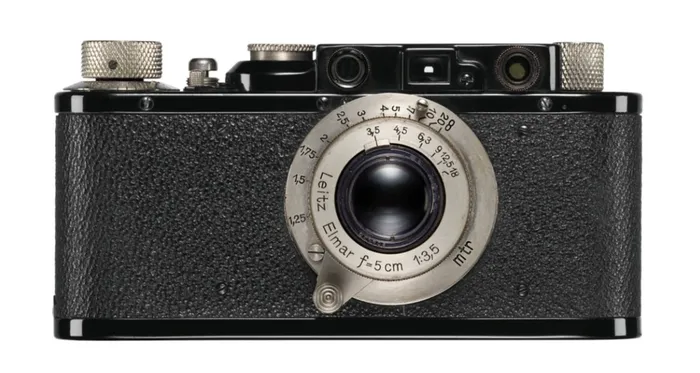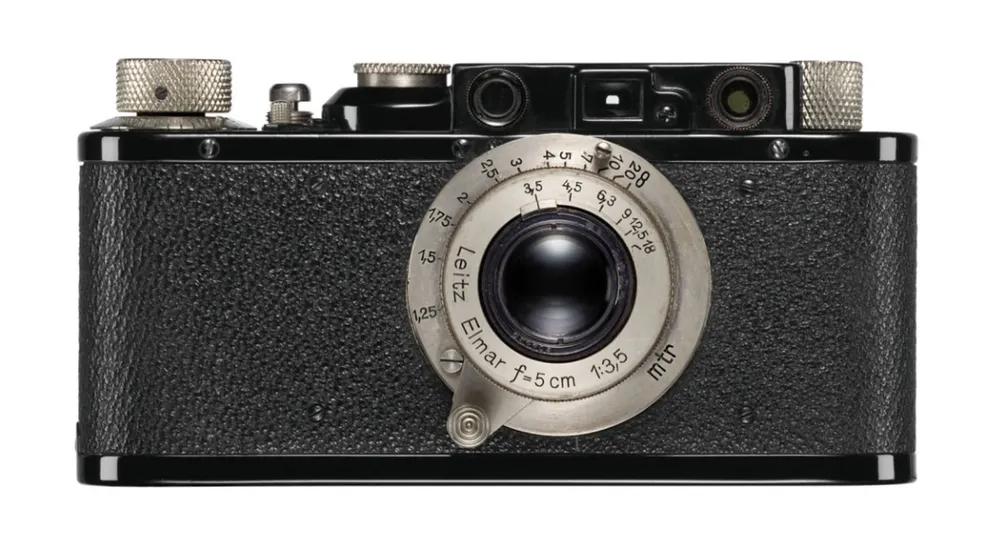
I love the photographs I take with my iPhone 15 Pro, but I know I’m not really doing most of the work. Sure, I frame the shot. But once I press the shutter button, the iPhone runs the image through tens of thousands of processes to give me the best photo possible. This is known as “computational photography,” and while it makes my photos look stunning, it also means the resulting photo is 10% mine, 90% the iPhone’s.
Now, computational photography, which smartphones and digital cameras have used for over a decade, is about to give way to generative AI photography. Last month, Google introduced its new Pixel 8 series, which allows you to take AI-manipulated photographs. One feature, called “Best Take,” allows the Pixel software to choose the best expression on each person’s face in a group shot. No longer will your child’s eyes be closed in that otherwise perfect family snap. Another tool, called “Magic Editor,” allows you to reposition entire people or objects in the photo after you take it, with AI filling in the background where the subjects had originally been.
As a middle-aged Gen Xer, these new camera technologies never cease to amaze me. But as someone who was also trained in analog photography— capturing images on actual strips of celluloid that I then developed in a dark room manually—these new technologies also leave me feeling that the gap between photographer and photograph is now so wide the two almost aren’t connected anymore. And as that gap broadens with additional generative AI processes, I fear that the photographer will one day become nothing more than a biological tripod for the camera. Once that happens, the capturing device becomes the creator.
Still, I am hopeful. In the past year, there’s been an upswing of professional photographers returning to analog film cameras.
ANALOG CAMERA SALES AT LEICA SURGE
Leica is one of the most respected camera manufacturers in the world. The company has been around since 1869. Its analog film cameras were wielded by some of the 20th century’s best photographers to capture some of its most renowned photographs. In the early 21st century Leica, like all major camera makers, embraced digital photography. The digital versions of its Leica M series cameras are a must in many pro photographers’ toolboxes and have grown to massively outsell its analog Leica M series cameras. By 2015, Leica sold just 500 of its analog M series cameras annually.

But recently, there’s been a reversal. In 2023, Leica expects to sell 5,000 analog M series cameras—10 times more than it sold nearly a decade earlier. To put that surging number into further context, Leica expects to sell around 12,000 digital M series cameras this year. The fact that analog cameras will be selling at 40% of the volume of the company’s digital cameras is staggering, especially considering that Leica is still innovating in digital photography on almost every front.

As for why film photography is seeing a resurgence among professionals, each photographer probably has their own reasons. But I can guess at some of them, because they would be my own. Analog photography gives the photographer a connection to their photographs that digital photography does not provide. You assume a physical role in birthing the photograph through everything from selecting the film stock, to manually adjusting optical filters, to mixing the perfect solution in a warm water tub to develop the film under the red light of the dark room. There’s an intimacy in the analog process and a period of anticipation that makes seeing the final result exciting.
Going forward, as generative AI photos become the norm and a person can take a picture with the “perfect” sky in the background or the “perfect” expression on their subjects’ faces, I can envision professional photographers turning to analog film photography even more, using negatives as physical proof not just that their photograph actually captured reality but that the photographer, and not their AI-powered camera, is the artist.
I don’t expect celluloid photography to make a mainstream comeback. Digital photography is too convenient for most people. Gen Z has really never known anything else. For Gen A, a photograph will have always been a malleable thing. It will be expected that a camera can apply any expression to a subject’s face or even entirely reposition them if needed.
As for me, I’ll know that when I’m looking at a negative, I’m looking at the work of an artist who’s connected to not just their work, but to the process. And that’s enough to put a (non-AI generated) smile on my face.
MICHAEL GROTHAUS
Michael Grothaus is a novelist and author. His new novel, the speculative fiction 'BEAUTIFUL SHINING PEOPLE', is out now. You can read more about Michael at - michaelgrothaus.com
